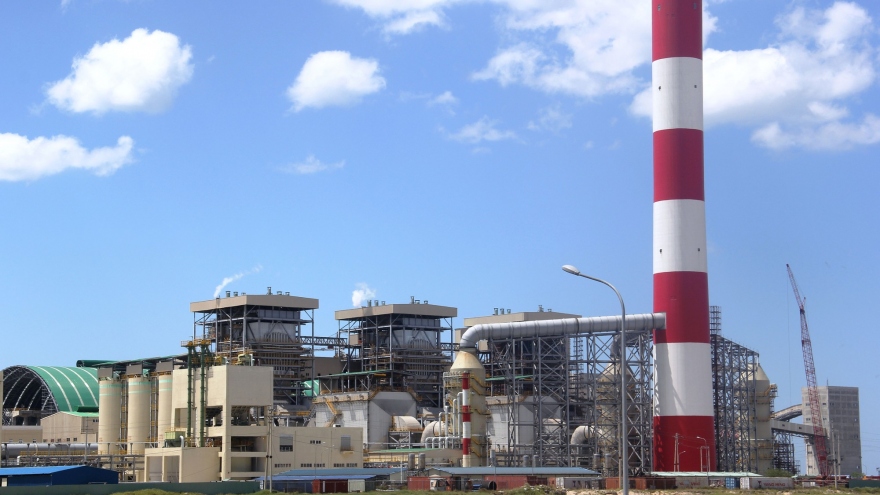New emission standard fuels rough changeover
As the country shifts to a Euro 4 emission standard for diesel-fuelled vehicles, industry observers warn that the three fuel types on offer could spell problems for these more advanced engines, and opportunities for tricksters.
 |
Petrolimex is selling Euro 5 diesel at the minimum retail price of VND15,570 ($0.68) per litre, as well as diesel 0.05S-II (Euro 2 diesel) at a VND50 ($0.002) cheaper rate.
Meanwhile, another substantial provider – PetroVietnam Oil Corporation (PV Oil), with over 500 self-run stations and 3,000 affiliated stations – is selling Euro 2 diesel, as well as diesel 0.005S-IV (Euro 4 diesel).
Buyers should be able to distinguish between the aforementioned diesel types through oil pump labels, however this has raised doubts among customers over the legitimacy of what they are paying for. Indeed, Vietnam has witnessed many trade frauds related to the quality of petrol and oil. Last October saw more than 300 petrol and oil trading operations in the central province of Nghe An inspected, with 80 regulation violations found, as reported by CustomsNews, a media entity under the General Department of Vietnam Customs.
“The availability of multiple diesel types could lead to trade fraud. Buying diesel now resembles ordering dried cuttlefish at a bar. You never see the variety of cuttlefish on offer, so ordering the ‘largest one’ can be deceptively ambiguous. You never know what you will get,” said nickname Hieu78, who owns a diesel-powered car, on the Vietnamese driver community forum, autofun.net.
Nguyen Van Nam, head of the Institute for Brand and Competitiveness Strategy, told VIR how information related to the provision of Euro 5 diesel remains vague, stirring rumours about its quality and how easily a buyer could mistake Euro 2 diesel for the Euro 5 variety.
“Providers like Petrolimex must disclose their remaining volume of Euro 2 diesel, and clarify the Euro 2 and Euro 5 diesel selling points. Management agencies need to increase their responsibility in supervising local providers, ordering the announcement of a blueprint for both the provision of Euro 4 and Euro 5 diesel types, as well as the termination of Euro 2 diesel,” added Nam.
The network coverage of Euro 4 diesel fuel supply is another key issue, one which could potentially lead to technical problems.
Statistics posted on the Petrolimex website showed that there were 14,000 petrol and oil stations across the country at the end of 2015.
By January 2017, Petrolimex had 2,500 nationwide petrol and oil stations. “The group set targets of raising the number of its self-run petrol and oil stations providing Euro 5 diesel to 1,600, equivalent to 64 per cent of the total number of Petrolimex stations,” said Nguyen Quang Dung, vice general director of Petrolimex.
When Petrolimex fulfils the target, the figure would make up only 11.42 per cent of the country’s total petrol and oil stations, which remain modest in comparison with local demand, because members of the Vietnam Automobile Manufacturers’ Association (VAMA) have finished shifting their vehicle manufacturing and assembly to Euro 4 emission standards. Some even completed the shift before January 1, 2017.
At the Vietnam Business Forum held at the end of 2017, the Japanese Chamber of Commerce and Industry in Vietnam (JCCI) complained that if the supply network of Euro 4 diesel does not extend to all localities, especially districts in remote areas, Euro 4 diesel vehicles will not operate well. If Euro 4 diesel vehicles use Euro 2 diesel fuel, their engines will be damaged and users will suffer a big loss. Moreover, the implementation of Decision 49’s emission requirements will not reach expectations.
This worry is in line with Petrolimex’s website warning: “Don’t use low-emission standard diesel for automobiles designed to meet higher emission standards.”
JCCI members urged the need to clarify information on where Euro 4 and Euro 5 diesel types are provided and the largest distance between two petrol and oil stations offering the fuel types.
Euro 4 and Euro 5 petrol and oil stations must be located across the country, and the maximum distance between such two stations should be 10 kilometres, VAMA told VIR.
In Vietnam, most of coaches, minibuses and trucks are powered by diesel engines. Preliminary statistics showed that Vietnam had some 2.7 million automobiles in 2016. The figure is estimated to climb to around 3.5 million by 2020, according to the country’s revised road transport development planning to 2020, with a vision to 2030.


